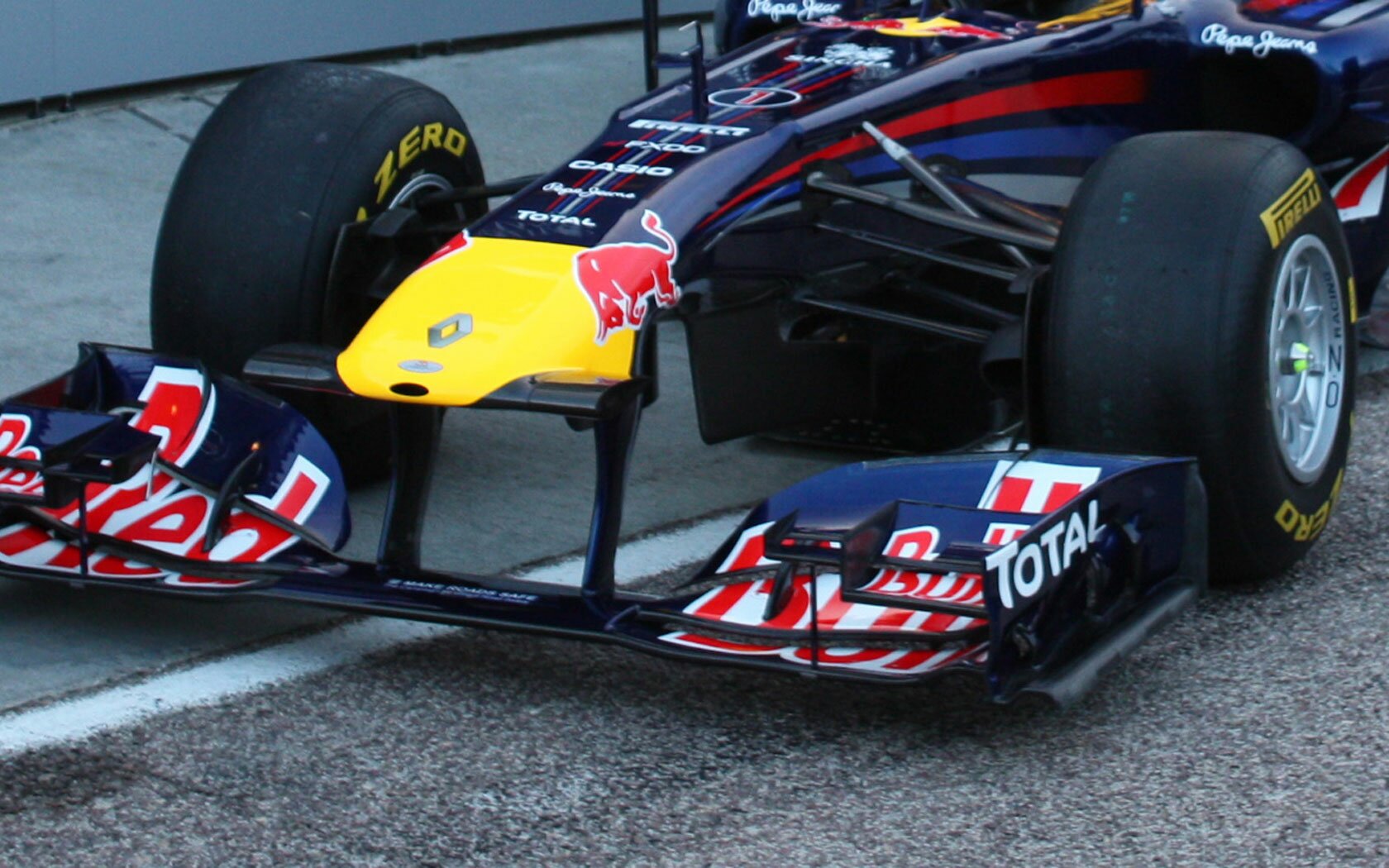hollus wrote:Unless I am missing something, the drag of an F1 wing has relatively little to do with the frontal cross section (more or less equal in all cases) and skin drag and the such. F1 wings do not work like plane's wings, witness the almost vertical fences that we call rear wings.
These wings are designed to capture as much air as possible, and push upwards not only the air they cross, but, as much as possible, they try to capture air around them and send it upwards too. A wing affects air well beyond its cross section. The more air yo send upwards, and the faster upwards you send it, the more downforce you get.
Now, it is not like the wings are magically creating upwards thrust in the air like a rocket, they capture air moving horizontally relative to the wing, and send it out as vertically as possible. The total speed of this air (relative to the car) is not going to increase, and hence, air sent upwards has been redirected more than anything else and has lost most of its horizontal velocity.
All that air sent upwards in the name of downforce is being stopped horizontally, that is, pushed forwards, that is, the car has been pushed backwards, that is: drag.
So to me, in a good and efficient design, the more downforce you make, the more drag you will have. Because, except from the diffuser, this downforce comes from slowing air to send it upwards. That's why a stalled wing has less drag, as it has stopped pushing air upwards, it also has stopped decelerating it horizontally.
As far as I know, a three element wing (an efficient one), simply manages to capture more air and expel it at a more vertical angle than a two element wing.
You are implying that all the force from the wing comes from impulse. That's not true you know. You have pressure differences creating downforce and there is some coming from the reaction of the air after it accelerates from the wing.


